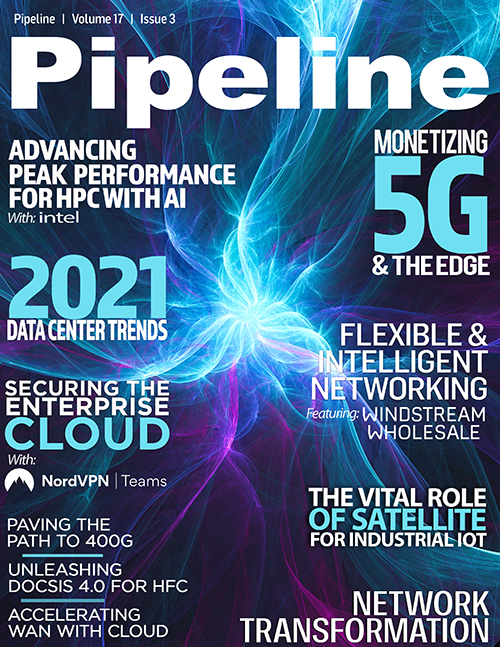Evolving Onwards: Data Centers in 2021 and Beyond
Adjusting agreements
Technology consultants aren’t the only new entities we can expect to see more of in data center service transactions. If we continue at the rate of technology development exhibited recently across the Internet of Things (IoT), Artificial Intelligence (AI), 5G and edge computing, distribution agreements may be the new frontier of data center consumption. This doesn’t mean that data centers will be selling to giant telcos, but it will mean that we’ll see more managed service provider (MSP) partnerships with data centers. This arrangement allows the MSP to serve thousands of customers from inside the data center through on-demand space, power and connectivity. Again, this shift stems from the need for data center services to remain highly accessible so businesses can easily and quickly make mission-critical decisions.
If we think about why this is happening from the perspective of business costs on the customer side, it’s clear why an MSP-driven model is beneficial. The most expensive elements of running a company often come down to people with salaries and benefits. With colocation services through an MSP, the enterprise can shed the costs of an internal IT team while still achieving their goals. From the data center provider angle, this is yet another driver for the customer-focused, traditional colocation models being phased out. With finances experiencing ongoing strain in 2020, this is a tradeoff that we’re likely to see grow in popularity.
Supporting a distributed future
Cutting-edge technologies like AI, IoT and 5G — and the many next-generation use cases they bring with them — are altering technology’s operational and delivery mechanisms from the ground up. Reliant on ultra-low latency and the highest levels of data mobility, things like self-driving cars, intelligent sensors, connected healthcare wearables and more are creating a new focus on the edge. This means that data centers are now part of an evolving distributed infrastructure topology aimed at helping storage and processing remain closer to the information’s point of origin to ensure the highest levels of performance. This paradigm shift has been compounded by the recent focus on the individual users at the edge of the network. As remote workers conduct business from the home with video conferencing or collaborative platforms and services like streaming achieve record usage levels, this new edge is where data centers are going to allocate more of their attention.
Initial edge computing developments have seen containerized data solutions springing up everywhere, and machine learning and orchestration techniques are being used to operate them. Still, AI needs a lot of space and investment to thrive at a level that meets continually evolving demands. While deployments at the edge are not a new concept, these locations are now being recognized as prime territory that can be used to position both operators and users for long-term success. Infrastructure developments that build on these edge solutions are sure to help shape the future of the data center landscape.
An evolution in review
The pace at which our global economy is digitizing has been ramping up for some time, but 2020’s widespread disruption and subsequent digital acceleration has catalyzed an era all its own. Characterized by heightened demand for all things virtual, 2020 has accelerated the diversification of requirements as everyone seeks to achieve the proverbial ‘new normal.’ Yet we also see these changes following some common threads.
At the core of this era of adaptation is a ubiquitous demand for more: more geographic reach, connectivity, storage, security, bandwidth and beyond. Still, these business enhancements, regardless of their end goal, are built on speed and simplicity. These two factors underscore the new digital transformation, driving an evolution in the way IT and communications are being sought and integrated. As the need for simplicity grows, enterprises are turning to colocation and hybrid models, and as the need for these quick infrastructure deployments becomes established, new buyer and seller relationships are built to serve these timelines.
Our amplified and collective reliance on technology must find its niche in the data center industry, and it has already begun to carve a space for itself, perhaps at the expense of traditional models. 2020 has cemented the idea that technology seems to continually reiterate: the only constant is change. Nevertheless, the future holds greater opportunity for it, delivering more resilient systems and stronger models that will serve us well as we look toward tomorrow.



















